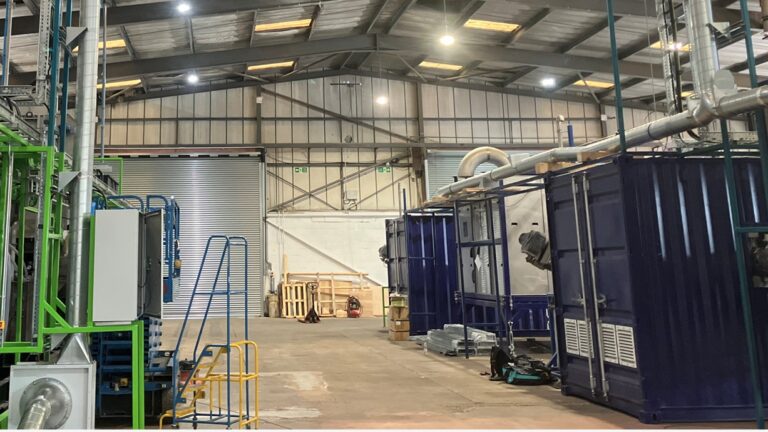
The permit means the plastic waste-2-oil operator can start processing plastic waste at its 25,000 square foot HQ complex at Hoo, Rochester, Kent.
As StClair-Pearce explained: “Although we are not actually incinerating anything, since the plastic waste is heated up in a thermal kettle in the absence of oxygen, before breaking down the hydrocarbon chains, the pyrolysis operation requires a SWIP from the local authority before commercial operations can begin.
A valuable commodity
“This momentous landmark is the first step in what is going to be a national network of plastic waste-2-oil systems which will help transform plastic waste into a valuable commodity which, with further processing, will turn the oil back into new and renewable plastic.”
The Hoo HQ will initially run two of the systems – known as VIXLAS – which will process up to 10 tonnes of plastic waste per day. These will be augmented with an additional two systems at a later date.
When fully operational the national network will have 100 sites each with four VIXLAS, processing 550-600,000 tonnes of plastic waste which will be recycled each year, which is 10-12% of the 2021 plastic waste figures. (Source: ORA -Original Recycling Association, 2022).

With Ocean Bound Plastics being a significant source of plastics pollution, QMRE is also working on a solution to this as the above diagram shows.
Images provided by QMRE
